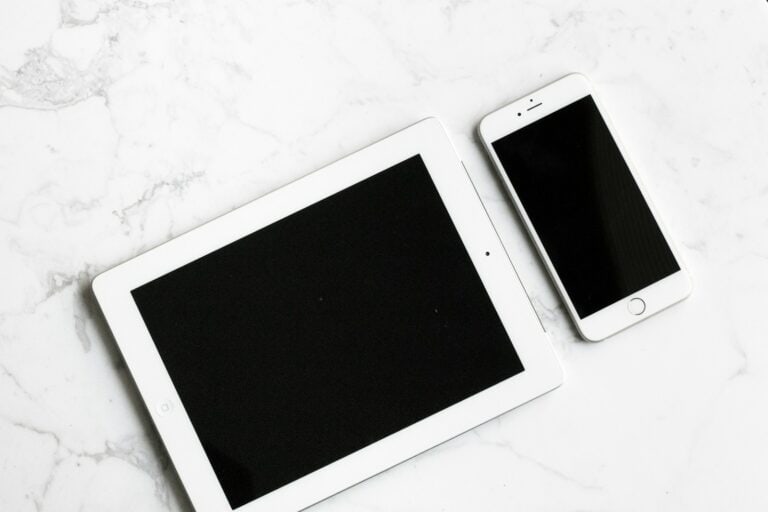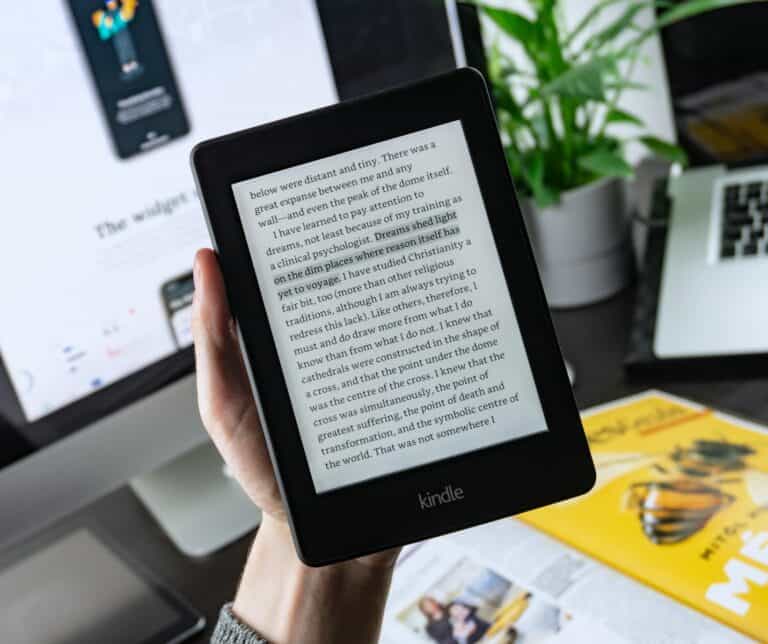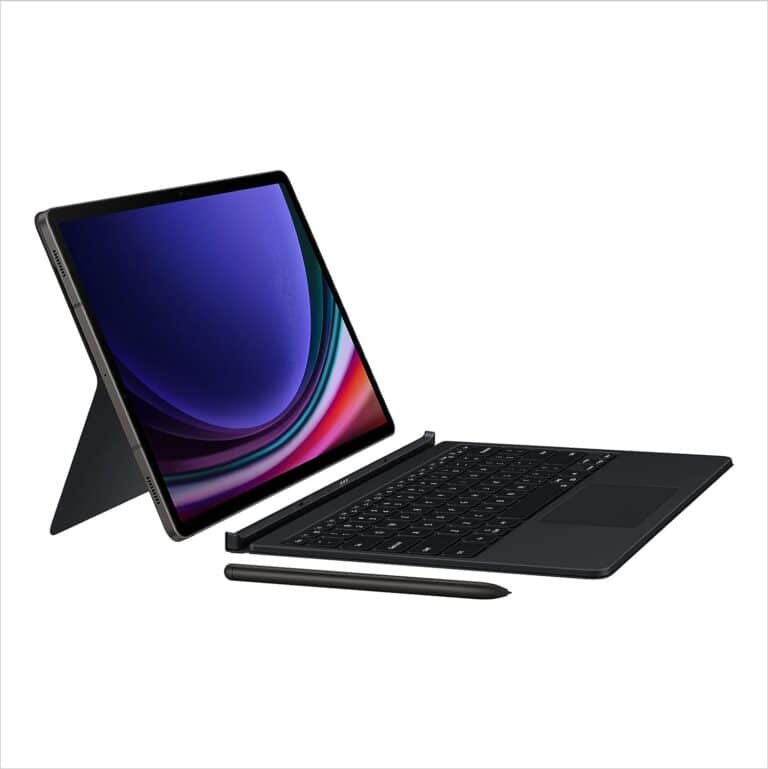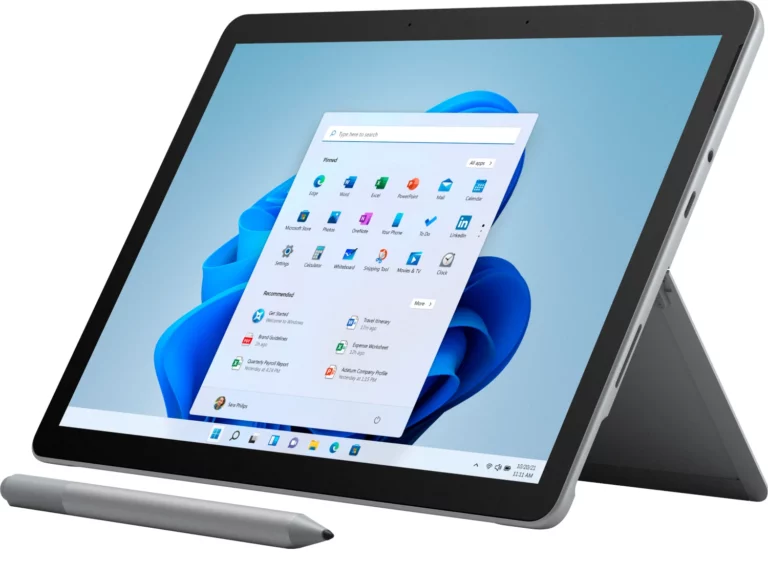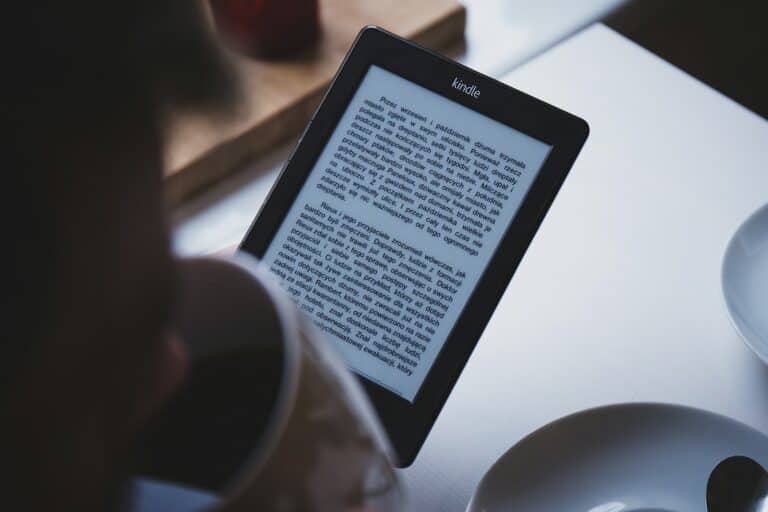Getting a free tablet from the government is possible through federal programs designed to help low-income families stay connected. Two main programs offer free or discounted tablets: the Lifeline program provides a $9.25 monthly discount on phone or internet services, while the Affordable Connectivity Program offers up to $100 toward purchasing a tablet.
People who receive government benefits like SNAP, Medicaid, or SSI often qualify for these programs. The application process requires basic documents like government ID, proof of income, and benefit verification letters. Most providers offer tablets from major brands including Samsung, Apple, and Motorola.
This guide covers everything needed to apply for a free government tablet. Readers will learn about qualification requirements, required paperwork, and how to submit applications through approved providers in their area.
Free Government Tablet Programs in 2025
With the end of the Affordable Connectivity Program (ACP), many people are wondering what options remain for obtaining free or low-cost tablets through government assistance. While the landscape has changed, there are still legitimate pathways to access free government tablets in 2025.
What Are Free Government Tablet Programs?
Free government tablet programs are federal and state initiatives designed to provide digital devices to low-income individuals and families. These programs aim to bridge the digital divide by ensuring that essential technology is accessible to those who might otherwise be unable to afford it.
Current Eligibility Requirements
To qualify for a free government tablet in 2025, you typically need to participate in one or more qualifying government assistance programs. The most common qualifying programs include:
Primary Qualifying Programs:
- SNAP (Supplemental Nutrition Assistance Program) – Food stamps
- Medicaid – Healthcare assistance
- Supplemental Security Income (SSI)
- TANF (Temporary Assistance for Needy Families)
- Federal Public Housing Assistance
- Veterans Pension and Survivors Benefit
- Tribal programs (for those living on federally recognized tribal lands)
Income-Based Qualification:
Some programs also accept applicants whose household income is at or below 135% of the Federal Poverty Guidelines, even without participation in the above programs.
How to Apply: Step-by-Step Guide
Step 1: Verify Your Eligibility
Before applying, gather documentation that proves your participation in qualifying programs or meets income requirements. This may include:
- SNAP/EBT card or benefit letter
- Medicaid card or documentation
- SSI award letter
- Tax returns or pay stubs (for income verification)
Step 2: Find Participating Providers
Since the ACP program ended, you’ll need to look for:
- State-specific digital equity programs
- Non-profit organizations partnering with government initiatives
- Wireless carriers offering their own assistance programs
- Local community programs
Step 3: Complete the Application
When applying:
- Fill out the application completely and accurately
- Provide required documentation
- Submit proof of identity and address
- Wait for approval confirmation
Step 4: Receive Your Device
Once approved, you’ll typically receive information about:
- Device pickup location or shipping details
- Setup instructions
- Available support services
What’s Available After ACP Ended?
With the conclusion of the Affordable Connectivity Program, the options have become more limited but still exist. Current alternatives include:
- State-level digital inclusion programs
- Local government initiatives
- Non-profit partnerships
- Educational institution programs
- Wireless carrier assistance programs
Important Considerations
Legitimate vs. Fraudulent Programs
Be cautious of scams. Legitimate programs will:
- Never ask for upfront payments
- Not require credit card information for “free” devices
- Have verifiable government or organizational backing
- Provide clear terms and conditions
Device Limitations
Free government tablets may come with:
- Basic specifications suitable for essential tasks
- Pre-installed educational or productivity software
- Limited data plans or Wi-Fi-only connectivity
- Specific usage requirements or restrictions
Tips for Success
- Apply Early: Programs often have limited funding and operate on a first-come, first-served basis
- Keep Documentation Ready: Have all required paperwork organized and easily accessible
- Follow Up: Check on your application status if you don’t hear back within the specified timeframe
- Explore Multiple Options: Don’t rely on just one program; research various local and state initiatives
Alternative Resources
If you don’t qualify for government programs, consider:
- Refurbished device programs through non-profits
- Educational discounts if you’re a student
- Community technology centers that provide free device access
- Local libraries with tablet lending programs
Conclusion
While the digital assistance landscape has changed with the end of ACP, opportunities for free government tablets still exist in 2025. Success requires patience, proper documentation, and thorough research of available programs in your area. Focus on legitimate federal initiatives and state-level programs, and always verify the authenticity of any program before providing personal information.
Remember that these programs exist to support digital equity and educational opportunities, so make sure you understand and can meet any ongoing requirements associated with receiving a free device.
Key Takeaways
- Government programs like Lifeline and ACP provide free or heavily discounted tablets to qualifying low-income households
- Eligibility typically requires participation in programs like SNAP, Medicaid, or having income below 135-200% of the federal poverty line
- Applications require basic documents like ID, income proof, and benefit verification through approved providers
Free Government Tablet Eligibility and Application Process
Government tablet programs help low-income households access free devices through specific eligibility requirements and application steps. These programs require proof of participation in government assistance programs or meeting income guidelines set by federal poverty levels.
Eligibility Criteria for Free Government Tablet Programs
Low-income households must meet specific requirements to qualify for free government tablets. The Federal Communications Commission (FCC) sets these standards for both the Affordable Connectivity Program (ACP) and Lifeline program.
Household income must fall at or below 135% to 200% of the Federal Poverty Guidelines. This income limit varies by household size and gets updated annually.
Applicants must provide a valid U.S. residential address. Only one benefit per household applies to these programs.
Participants cannot already receive benefits from the same program through another household member. The FCC tracks enrollment to prevent duplicate benefits.
Eligible low-income households include families, single adults, and seniors who meet the financial requirements. Students taking online classes often qualify through existing government assistance programs.
Qualifying Government Assistance Programs
Several government assistance programs automatically qualify participants for free tablets. SNAP (Supplemental Nutrition Assistance Program) serves as the most common qualifying program.
Medicaid recipients qualify for free government tablets through both ACP and Lifeline programs. SSI (Supplemental Security Income) beneficiaries also meet automatic eligibility requirements.
Veterans Pension recipients can apply for free tablets without additional income verification. Federal Public Housing Assistance participants qualify under federal guidelines.
Federal Pell Grant recipients automatically qualify for the Affordable Connectivity Program. This includes current and recent students who received grants for college expenses.
Tribal assistance programs provide additional pathways to eligibility. These include Bureau of Indian Affairs programs and tribal-specific benefits.
EBT cardholders typically qualify since most EBT programs connect to SNAP benefits. The application process accepts EBT cards as proof of program participation.
Proof of Income and Required Documentation
Applicants must provide specific documentation to verify eligibility for free government tablets. Proof of income includes recent pay stubs, tax returns, or benefit award letters.
Government program participants need official documentation. SNAP participants can provide EBT cards or benefit letters. Medicaid recipients need their Medicaid cards or approval notices.
Federal Poverty Level verification requires household income documentation for all family members. This includes wages, Social Security benefits, and unemployment compensation.
Students need Federal Pell Grant award letters or school financial aid documents. Veterans must provide VA pension award letters or disability benefit statements.
Housing assistance participants need lease agreements or housing authority letters. All documents must show current dates and match the applicant’s name and address.
Low-income families without government benefits need comprehensive income proof. This includes bank statements, employer letters, and household member income records.
Step-by-Step Application Process
The application process begins with eligibility verification through approved providers. Applicants can apply online through the National Verifier system or directly with service providers.
Step 1 requires completing the online application form. Applicants enter personal information, household details, and program participation data.
Step 2 involves uploading required documentation. The system accepts photos or scanned copies of eligibility proof and income verification.
Step 3 includes selecting an approved service provider. Each provider offers different tablet models and service plans with unlimited talk, text, and data options.
Step 4 requires waiting for application approval. The verification process typically takes 1-2 weeks for government program participants.
Approved applicants receive their free tablet by mail within 7-10 business days. The device comes with activated service and setup instructions for immediate use.
Frequently Asked Questions
People often have questions about getting free tablets through government programs. The application process requires specific documents and meeting income or benefit requirements through programs like Lifeline.
How can I apply for a free tablet from the government online?
Applicants can submit online applications through the Lifeline program website. The process takes just a few minutes to complete.
Users need to provide basic information like their name, date of birth, and address. They must also upload proof of eligibility documents.
Most people receive approval within a few days. Once approved, tablets arrive within 7 to 14 business days.
What are the eligibility requirements for receiving a free government tablet?
People qualify if they receive benefits from government assistance programs. These include SNAP, Medicaid, SSI, or other qualifying benefits.
Income-based eligibility is also available. Households must meet specific income thresholds based on federal poverty guidelines.
Only one person per household can receive a free tablet. The device cannot be transferred to another person.
Which programs offer free tablets for low-income individuals?
The Lifeline program provides the main source of free tablets. This federal program helps low-income families access communication services.
Some local government agencies offer tablet assistance programs. Community centers and libraries may also provide resources.
Educational institutions sometimes provide free tablets to students. These programs target families with financial need.
What documents are needed to apply for a government assistance tablet program?
Applicants need proof of income like pay stubs or tax returns. Benefit recipients can use their SNAP card or Medicaid card instead.
Government-issued ID or a driver’s license is required. Applicants must also provide proof of address like a utility bill or lease agreement.
Benefit award letters work as proof of program participation. All documents must be current and clearly show the applicant’s name.
Can I get a free tablet through the EBT program?
EBT card holders may qualify for free tablets through Lifeline. The EBT card serves as proof of SNAP benefits.
People with EBT cards often meet the income requirements automatically. They can use their card as documentation during the application process.
The tablet comes with free monthly data service. This helps families stay connected without extra costs.
Is there a specific size or type of tablet provided by government assistance programs?
Tablet models vary by provider and current availability. Most programs offer standard tablets that meet basic functionality needs.
Applicants cannot choose specific brands or models. All devices include essential features like internet access and basic apps.
The tablets support educational activities and job searching. They come with wireless service included in the program benefits.


